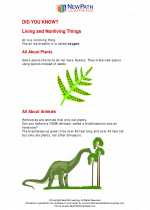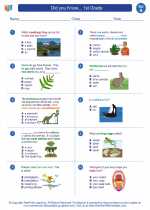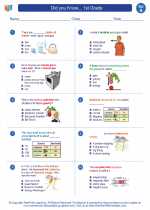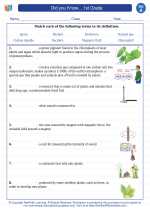Plateaus
A plateau is a flat, elevated landform that rises sharply above the surrounding area on at least one side. They are usually found between mountains or hills and are formed over millions of years through the process of tectonic activity, erosion, and volcanic activity.
Formation of Plateaus
There are three main ways plateaus are formed:
- Volcanic Plateaus: Formed by layers of solidified lava and volcanic ash that accumulate over time.
- Dissected Plateaus: Created by the erosion of uplifted land, often by rivers and streams that carve deep valleys into the plateau surface.
- Interglacial Plateaus: Formed by the uplift of large sections of the Earth's crust due to tectonic activity.
Characteristics of Plateaus
Plateaus can vary in size and shape, and they often have unique characteristics such as:
- Flat on Top: The top of a plateau is generally flat or gently rolling.
- Steep Sides: Plateaus are often bordered by steep cliffs or slopes.
- High Elevation: They are situated at higher elevations compared to the surrounding land.
- Rich in Resources: Plateaus can contain valuable mineral deposits and fertile soil.
Importance of Plateaus
Plateaus play a crucial role in the environment and human civilization:
- Water Source: Many rivers and streams originate from plateaus, providing vital water sources for surrounding regions.
- Agricultural Land: The flat, fertile areas on top of plateaus are often used for agriculture and farming.
- Mineral Resources: Plateaus are rich in mineral deposits, which are valuable for economic development.
- Scenic Beauty: Plateaus often offer stunning natural landscapes and attract tourists and outdoor enthusiasts.
Studying Plateaus
To study plateaus, it is important to understand the geological processes that form them, the unique ecosystems they support, and their impact on human societies. Students can explore the following topics:
- Geological Processes: The formation and evolution of plateaus through tectonic and erosional processes.
- Ecosystems: The diverse plant and animal life that thrive in plateau environments.
- Human Interaction: The ways in which people utilize and impact plateaus for agriculture, mining, and tourism.
- Conservation: The importance of preserving plateau ecosystems and natural resources for future generations.
By studying plateaus, students can gain a deeper understanding of the Earth's dynamic landscapes and the interconnectedness of geological, ecological, and human systems.
[Plateaus] Related Worksheets and Study Guides:
.◂Science Worksheets and Study Guides First Grade. Did you Know... 1st Grade

 Worksheet/Answer key
Worksheet/Answer key
 Worksheet/Answer key
Worksheet/Answer key
 Worksheet/Answer key
Worksheet/Answer key
 Vocabulary/Answer key
Vocabulary/Answer key
 Vocabulary/Answer key
Vocabulary/Answer key
